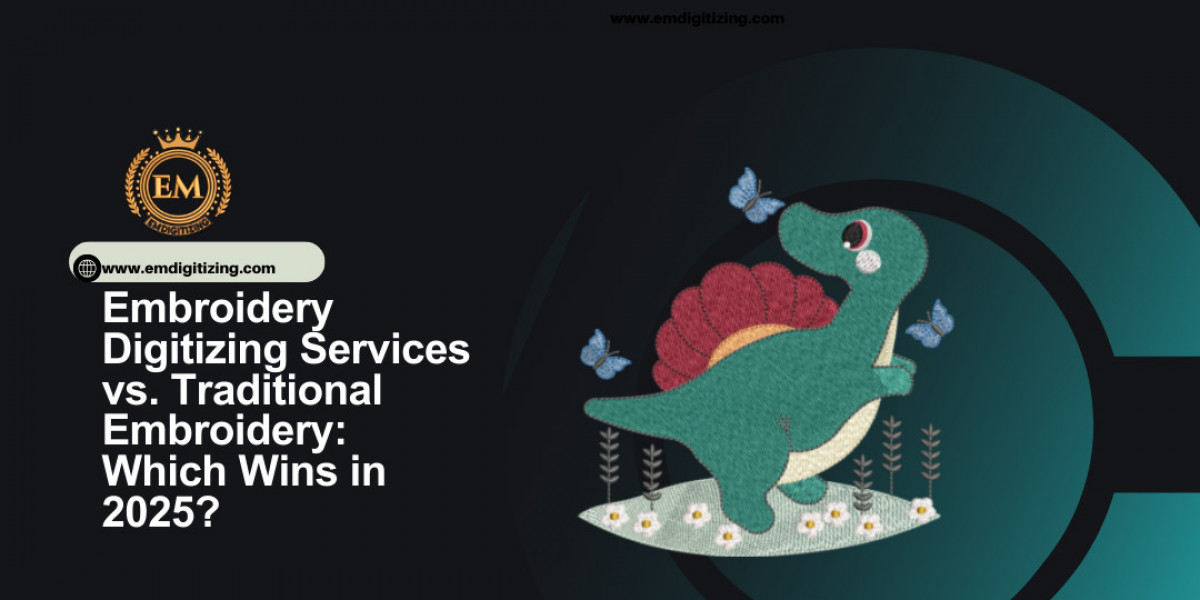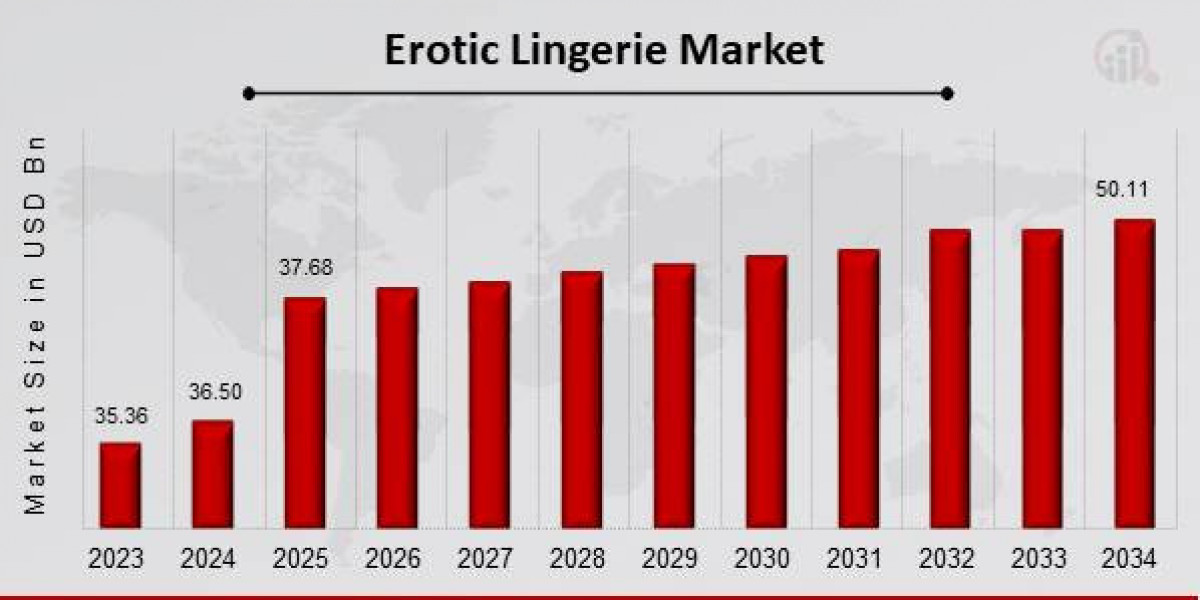Embroidery has always been a symbol of elegance, creativity, and craftsmanship. For centuries, artisans relied on traditional hand embroidery to decorate fabrics, apparel, and accessories. However, as technology advanced, embroidery digitizing services revolutionized the industry by offering speed, accuracy, and scalability. Now, in 2025, businesses and individuals face an important question: which method is better traditional embroidery or modern digitized embroidery?
This blog explores the strengths, limitations, and applications of both, helping you decide which approach wins in today’s fast-paced fashion and branding landscape.
What is Traditional Embroidery?
Traditional embroidery is the age-old method of stitching designs onto fabric by hand or with minimal machine assistance. Each stitch is crafted manually, requiring skill, time, and patience. This technique is admired for its authenticity, uniqueness, and cultural heritage.
Strengths of Traditional Embroidery
Artistic Value – Every piece is unique, showcasing the personal touch of the artisan.
Cultural Preservation – Many regions preserve heritage embroidery styles through manual methods.
Luxury Appeal – Handcrafted embroidery is often considered premium and exclusive.
Limitations of Traditional Embroidery
Time-Consuming – Large-scale projects can take weeks or even months.
Inconsistent Results – Human error can cause uneven stitches or imperfect designs.
Not Scalable – Difficult to reproduce the same design in bulk.
What Are Embroidery Digitizing Services?
Embroidery digitizing services involve converting artwork, logos, or custom designs into digital stitch files readable by embroidery machines. The machine then executes these instructions with precision, creating consistent results across multiple garments.
Strengths of Embroidery Digitizing Services
Speed and Efficiency – Large orders can be completed in hours instead of days.
Perfect Replication – Identical results across hundreds or thousands of pieces.
Versatility – Works on hats, jerseys, jackets, uniforms, and even home décor fabrics.
Cost-Effective for Businesses – Reduces labor and ensures faster turnaround times.
Limitations of Embroidery Digitizing Services
Setup Costs – Requires digitizing software and machine setup.
Less “Handcrafted Feel” – May lack the cultural charm of hand embroidery.
Embroidery Digitizing vs. Traditional Embroidery in 2025
| Factor | Traditional Embroidery | Embroidery Digitizing Services |
|---|---|---|
| Speed | Slow, manual stitching | Fast, machine-automated |
| Accuracy | Depends on artisan skill | Highly precise |
| Scalability | Difficult for bulk orders | Perfect for mass production |
| Cost | High (labor-intensive) | Affordable for businesses |
| Design Complexity | Limited | Can handle detailed, multicolor, 3D designs |
| Market Demand (2025) | Niche, luxury | Mainstream, business-focused |
Why Businesses Prefer Embroidery Digitizing Services in 2025
As fashion startups, sports teams, and corporate brands seek efficiency, embroidery digitizing has become the backbone of modern embroidery production. It enables consistent branding, quick turnarounds, and professional-quality designs that meet today’s fast-moving market demands.
For example:
Sportswear brands use digitized embroidery for jerseys and team uniforms.
Corporate companies digitize logos for employee uniforms.
Fashion startups rely on it for launching custom apparel lines at scale.
When Traditional Embroidery Still Wins
Despite the dominance of digitizing, traditional embroidery remains relevant in luxury markets and cultural preservation projects. Handmade embroidery on bridal gowns, ethnic wear, and premium art pieces still holds unmatched value for customers seeking uniqueness and tradition.
The Future: A Blend of Both
In 2025 and beyond, the future isn’t about choosing one over the other. Instead, many designers combine both methods: digitizing for speed and consistency, and hand embroidery for artistic touches. This hybrid approach ensures innovation while preserving heritage.
Conclusion
The debate between embroidery digitizing services vs. traditional embroidery comes down to purpose. If you need fast, scalable, and precise designs for branding or business, digitizing wins. If you want luxury, uniqueness, and cultural artistry, traditional embroidery still shines.
In 2025, digitizing takes the crown for mainstream use, but traditional embroidery continues to thrive in niche, luxury, and heritage markets.
FAQs
Q1: Is embroidery digitizing cheaper than traditional embroidery?
Yes, especially for bulk production. Digitizing reduces labor costs and ensures faster results.
Q2: Can digitizing handle complex designs?
Absolutely. Modern software allows detailed, multi-layer, and even 3D puff designs.
Q3: Does traditional embroidery still have demand in 2025?
Yes, particularly in luxury fashion, wedding wear, and cultural preservation projects.
Q4: Can small businesses benefit from embroidery digitizing services?
Definitely. Startups use digitizing to create professional branding with minimal costs.
Q5: Which is better for branding purposes?
Embroidery digitizing services are the clear winner due to speed, consistency, and affordability.








